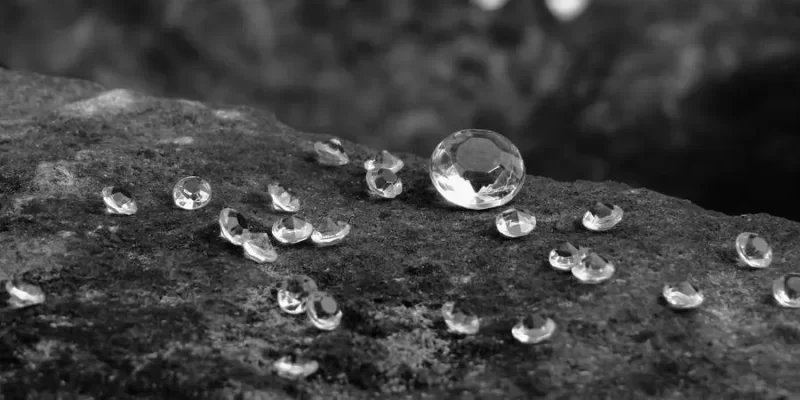De Beers is swiftly advancing its diamond exploration efforts in Angola, with CEO Al Cook recently announcing at the Angola International Diamond Conference that the company has already identified eight “high-potential kimberlite targets.”
This progress comes as De Beers resumed exploration in 2022, following extensive regulatory reforms under President João Lourenço, who took office in 2017 after the end of José Eduardo dos Santos’ presidency.
In the early 2000s, De Beers and other major diamond producers withdrew from Angola due to widespread corruption and nepotism under the Dos Santos administration, which created substantial operational challenges.
Commenting on De Beers’ return, former CEO Bruce Cleaver highlighted Angola’s recent efforts to build a stable and appealing investment climate, enabling the group to resume its active exploration activities.
Angola is considered one of the most promising regions globally for major diamond discoveries, yet remains largely unexplored.
Consulting geologist John Bristow pointed out that much of Angola lies on the Central African Craton—an area renowned for diamond finds—yet has not been extensively surveyed using modern methods like high-resolution aeromagnetic technology.
De Beers’ eight high-potential targets were identified through comprehensive airborne magnetic surveys across its two Angolan concessions, completed in the first half of 2024 using two survey aircraft and a helicopter.
Discovery drilling and ground geophysical surveys are currently underway at the Lumboma concession in Lunda Norte Province, while airborne magnetic surveys continue at the Muconda concession in Lunda Sul Province.
According to Cook, discovery-phase drilling focused on the most promising geological targets is now fully operational.
Cook expressed De Beers’ enthusiasm about these promising initial results, stating, “We are very pleased to have already identified eight new high-potential kimberlite targets in Angola, which is the world’s most prospective region for new diamond deposits.”
He further emphasized De Beers’ commitment to collaboration with the Angolan government to enhance the environment for long-term investors and to maximize the socio-economic benefits of diamond production for the country.
Unlike its competitor Rio Tinto, which is also exploring diamonds in Angola, De Beers has not disclosed specific details of its agreements with Endiama, Angola’s state-owned diamond mining company.
However, these contracts are likely to follow a similar structure to those of Rio Tinto, where the foreign partner retains control of its projects, while Endiama holds an initial 25% stake with the option to increase to 49% through further investment.
Under the previous administration, foreign companies were restricted to a maximum ownership of 40% in joint ventures, with Endiama and other nominated Angolan partners holding the majority.
Despite this limited ownership, foreign companies were still required to finance 100% of the project’s capital expenditure upfront.
![]()




